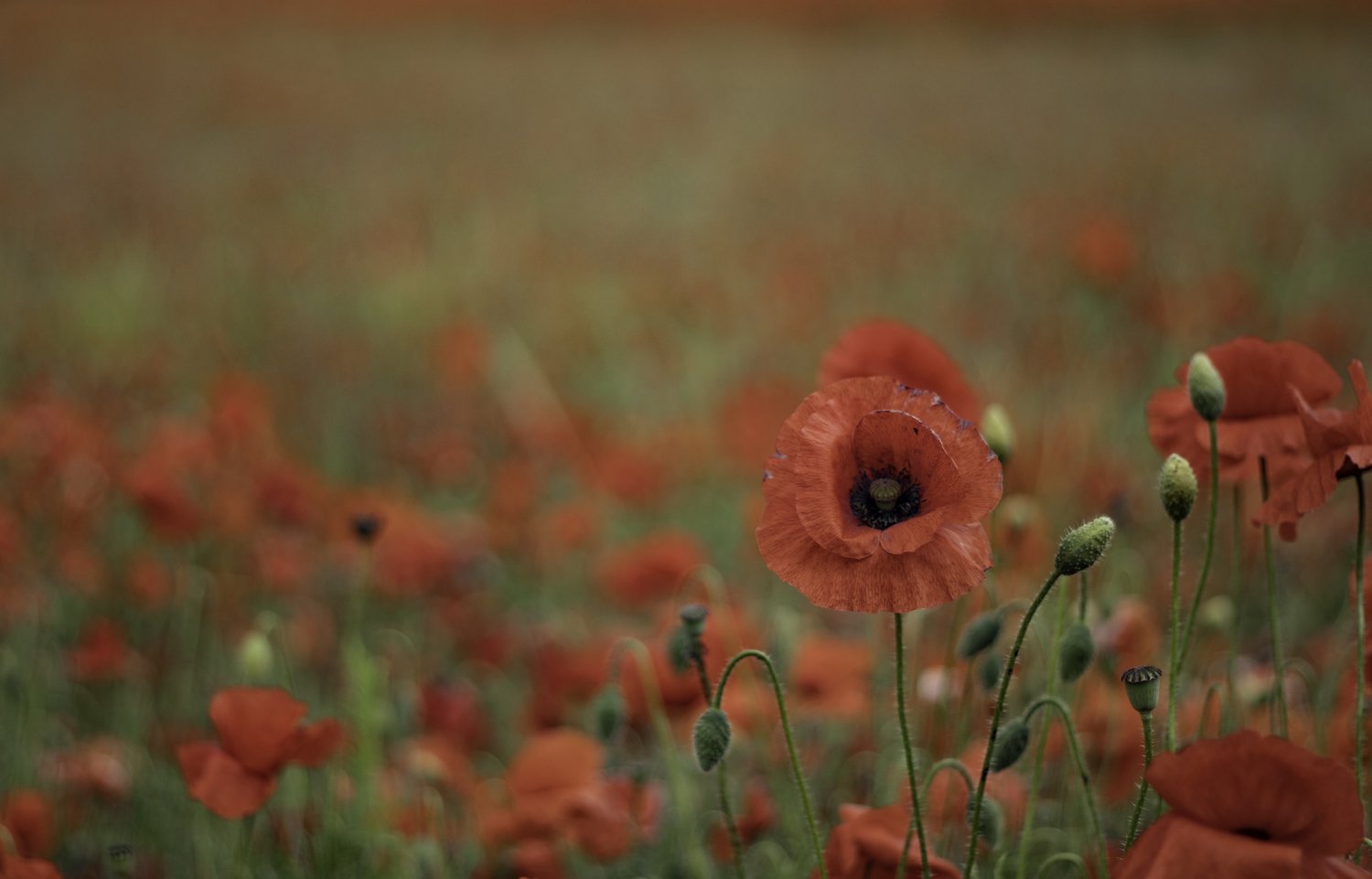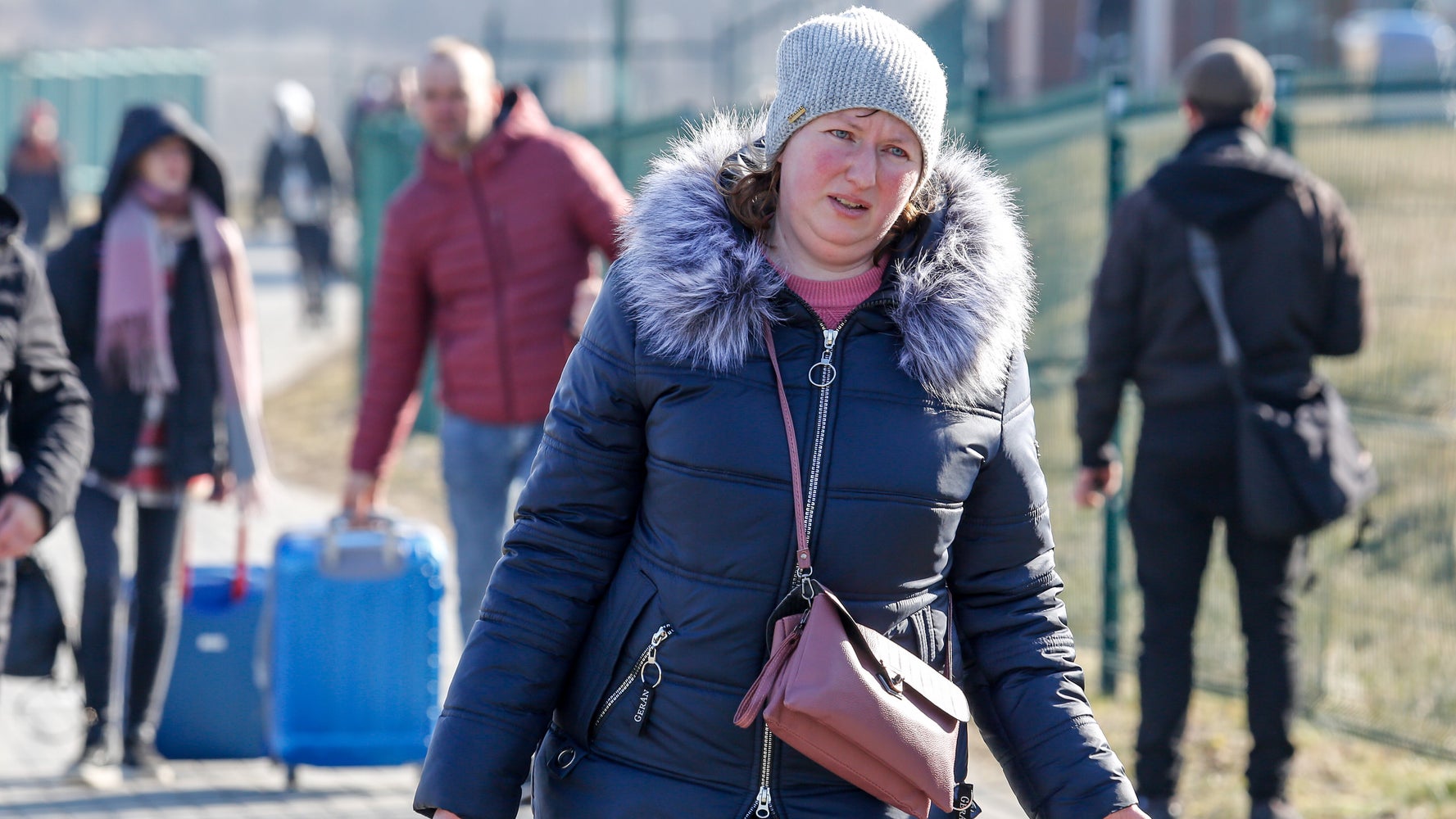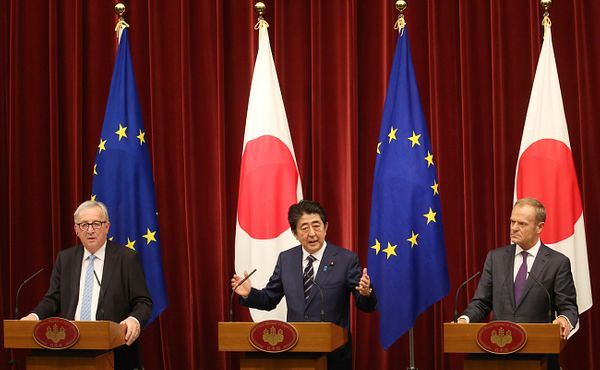[ad_1]
On February 19th, 1942, the worst mass incarceration event in American history was signed into law by President Franklin D. Roosevelt: Executive Order 9066. This year, February 19th, or the Day of Remembrance for its signing, reaches its 80th anniversary.
Executive Order 9066 was a federal mandate that gave the army the power to designate military zones for the sake of wartime security. While the order never explicitly stated ethnicity or race, high-ranking military officials, like General John DeWitt, exploited the order to exclude and incarcerate 120,000 Japanese Americans without due process. Families lost their homes and livelihoods, but more importantly, they lost the liberty promised to them by the “Land of the Free.”
Many believe the order was a direct result of the bombing on Pearl Harbor and America’s entrance into World War II, but Dr. Zhou Xiaojing, a professor in the English department whose research focuses on the political spatiality of colonized land, believes there’s more to it than that. “When they start talking about the camps, they always link it to Pearl Harbor, as if what happened to them was because of Pearl Harbor,” she says. “Ultimately, it was racism. It was the production of fear, the production of threat– the racialized enemy.” Rather than a wartime precaution, the camps were the cataclysm of decades of racism and prejudice. Dr. Zhou believes that in remembering February 19th, it is vital to de-link the connection between the camps and Pearl Harbor in order to recognize the biases that influenced such drastic action.
University of the Pacific has a complex relationship with the camps. Stockton’s San Joaquin County Fairgrounds was once home to the Stockton Assembly Center, a holding center, one of the longest running, that imprisoned incarcerees until the camps themselves were constructed. The Calaveras River, the same one that bisects UOP’s campus today, was used as a border for Military Area No. 1, one of the military zones sanctioned by Executive Order 9066. According to Professor George Yagi, a Pacific history professor whose own family was incarcerated during the war, some issues persisted years after the end of incarceration. “Up until 1997 or 1998, there was a city law in Stockton still in the books that said no Japanese would be allowed to live in the city limits,” he says. “I saw that when I was a teenager, and my dad and I just burst out laughing, saying we were illegal residents!”
Pacific itself was also complicit in removal orders. In May 1942, 53 students of Japanese descent were removed from campus and imprisoned in the Stockton Assembly Center. “However undemocratic or unfair this mass evacuation seems, most agree that it is absolutely necessary for the protection of this West Coast,” Pacific Weekly, Pacific’s newspaper at the time, claimed. As students departed for the horse stalls and barracks that awaited them at the assembly center, they were given a single photograph of the university entrance. Additionally, Harold Jacoby, the first dean of College of the Pacific (COP) and the founder of the Jacoby Center for Public Service and Civil Leadership left Pacific to serve as an assistant director at Tule Lake, a high-security incarceration center that imprisoned the “No-No Boys,” Japanese Americans who answered “no” to a paradoxical loyalty questionnaire to test whether the community was worthy of service in the American military. Dr. Jacoby defended the camps as “self-governing democratic communities” and defined incarcerees as “colonists” in his book Tule Lake: From Relocation to Segregation. “Harold Jacoby was a good-hearted man, but it’s his position as a white American,” Dr. Zhou says in clarification of his actions. “He didn’t agree with the policy of segregation… His perspective was determined by his racial privilege and his position.”
For its complicity in incarceration, University of the Pacific has made efforts in reparations towards the former students. Seventy years after imprisonment, at Pacific’s 2013 commencement ceremony, honorary degrees were given to seven of the incarcerated students, several of which were received posthumously by living family members. However, Nikkei Student Union, Pacific’s Japanese American cultural club, believes there’s still more to be done. “Incarceration traumatized the entire Japanese American community. It’s vital that we continue to talk about what happened, both in this country and on this campus.”
In spite of the 80 years passed since the initial issuance, February 19th was only officially recognized as a day of observance by California last year thanks to Governor Gavin Newsom. As anti-Asian hate crimes become more prevalent and citizenship continues to be a contentious topic, the importance of remembering past injustice is stronger than ever. “There’s a threat that it can be repeated,” Professor Yagi says. “We’ve heard similar rhetoric thrown about today.” Dr. Zhou similarly believes that the tragedy of incarceration must be remembered and stresses that failing to engage creates a “colonial unknowing,” or a “deliberately produced unknowing” that erases injustice. “Historical amnesia is a type of violence,” she says. “As a teacher, I must make that visible.”
[ad_2]
Source link





















